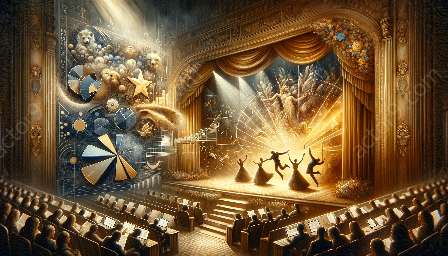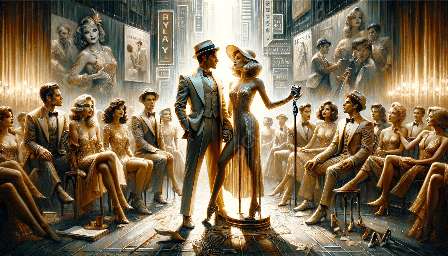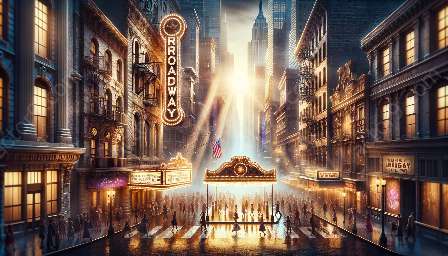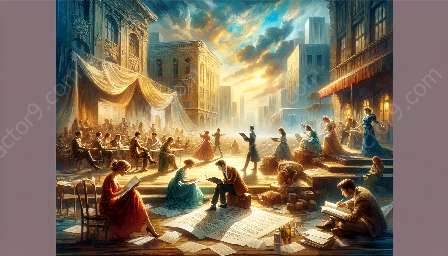The golden age of Broadway was a period of immense creativity and innovation in the world of musical theater. During this era, Broadway productions employed a range of marketing and promotional strategies to captivate audiences and drive ticket sales. This article will explore the key strategies used during that time and their impact on the landscape of Broadway and musical theater.
Understanding the Golden Age of Broadway
The golden age of Broadway refers to a period in the history of American theater, roughly spanning from the 1940s to the 1960s. It was during this time that some of the most iconic and influential musicals were produced, shaping the future of theater and leaving a lasting impact on popular culture.
Golden age Broadway productions were characterized by their elaborate sets, memorable musical scores, and captivating storytelling. Notable shows from this era include 'Oklahoma!', 'West Side Story', 'The Sound of Music', and many more. These productions not only entertained audiences but also set new standards for theatrical excellence.
Key Marketing and Promotional Strategies
The success of Broadway productions during the golden age was not solely based on the quality of the performances, but also on the marketing and promotional efforts that accompanied them. Print advertising, radio broadcasts, and word-of-mouth played significant roles in promoting shows and reaching potential audiences.
Print advertising was a cornerstone of Broadway's marketing strategy. Show posters, playbills, and newspaper ads were used to create buzz and attract theatergoers. The visually striking posters and eye-catching playbills effectively conveyed the essence of a show, enticing people to purchase tickets and experience the magic of live theater.
Radio broadcasts also played a crucial role in promoting Broadway productions. Radio advertisements and interviews with cast members and composers brought the enchantment of the stage directly into the homes of potential audience members, creating a sense of anticipation and excitement for upcoming shows.
Moreover, word-of-mouth was a powerful tool for generating interest in Broadway productions. Positive reviews and enthusiastic recommendations from theatergoers further fueled the popularity of shows, contributing to their long-term success.
Impact on Musical Theater
The marketing and promotional strategies employed during the golden age of Broadway not only contributed to the commercial success of individual productions but also shaped the broader landscape of musical theater. They set a precedent for how shows were marketed and how audiences were engaged, laying the groundwork for future promotional tactics in the industry.
Furthermore, the golden age of Broadway saw the emergence of featuring branded merchandise, souvenir programs, and celebrity endorsements as additional marketing strategies. These innovations not only deepened audience engagement but also provided new revenue streams for productions.
Conclusion
The golden age of Broadway was a remarkable era that not only produced timeless classics but also revolutionized the way in which theatrical productions were marketed and promoted. The key strategies employed during this period continue to influence the world of musical theater, setting a standard for creativity, innovation, and audience engagement.



































